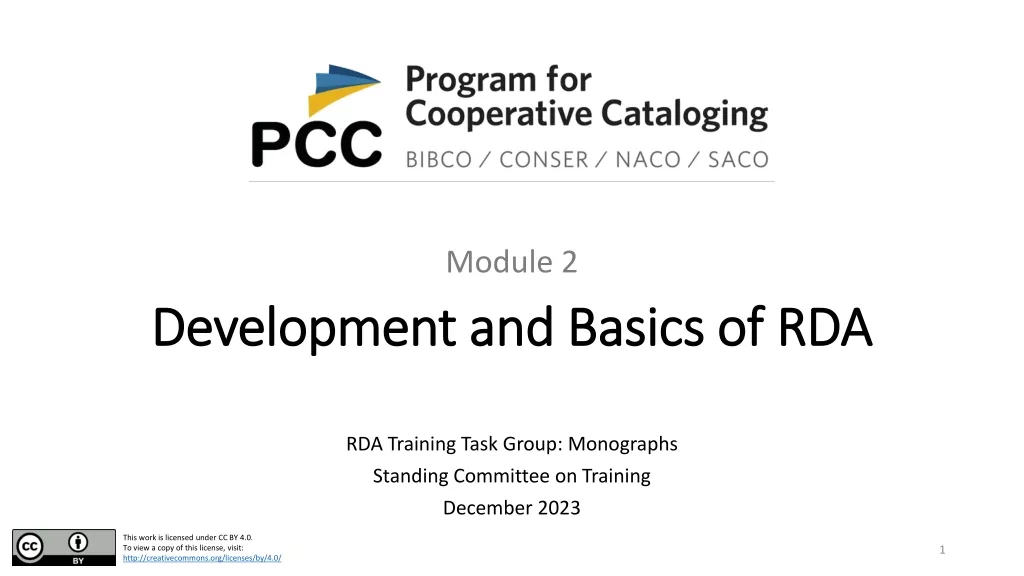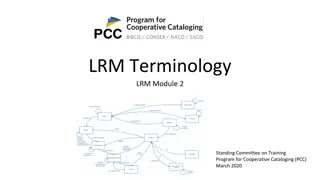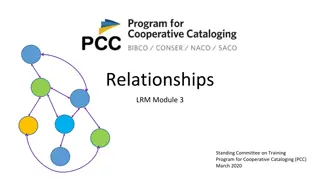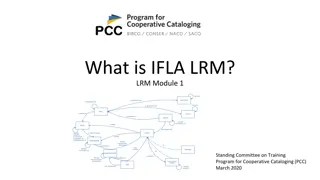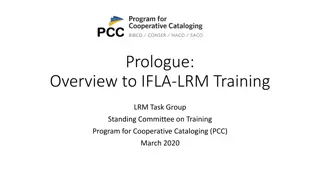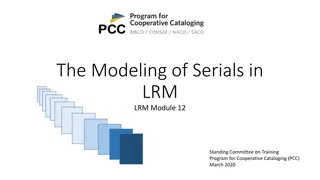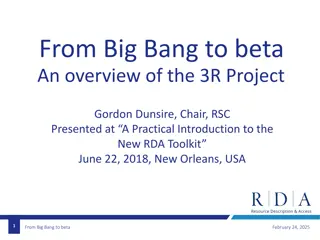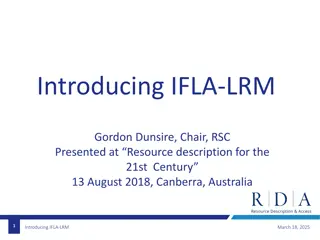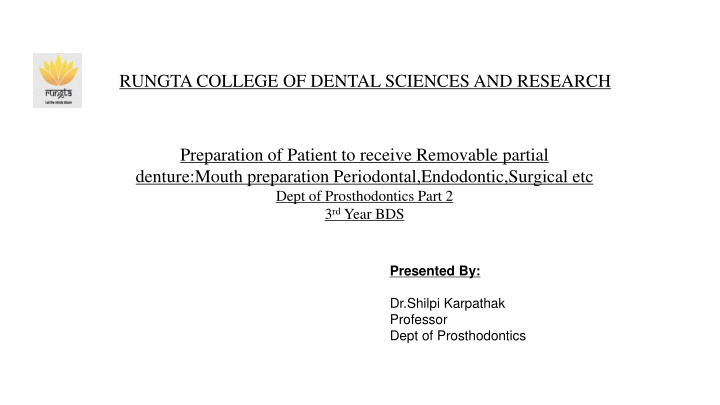
Rest Seat Preparations for Posterior Teeth in Dental Prosthodontics
Learn about the crucial role of rest seats in directing masticatory forces, preventing displacement of removable partial dentures, and maintaining relationships between clasp assemblies and teeth. Properly prepared rest seats are essential for arch continuity and food impaction prevention.
Download Presentation

Please find below an Image/Link to download the presentation.
The content on the website is provided AS IS for your information and personal use only. It may not be sold, licensed, or shared on other websites without obtaining consent from the author. If you encounter any issues during the download, it is possible that the publisher has removed the file from their server.
You are allowed to download the files provided on this website for personal or commercial use, subject to the condition that they are used lawfully. All files are the property of their respective owners.
The content on the website is provided AS IS for your information and personal use only. It may not be sold, licensed, or shared on other websites without obtaining consent from the author.
E N D
Presentation Transcript
RUNGTA COLLEGE OF DENTAL SCIENCES AND RESEARCH Preparation of Patient to receive Removable partial denture:Mouth preparation Periodontal,Endodontic,Surgical etc Dept of Prosthodontics Part 2 3rd Year BDS Presented By: Dr.Shilpi Karpathak Professor Dept of Prosthodontics
Specific Learning Objective Core areas Domain Category Introduction Relief of Pain and Infection Completion of Required Surgical Procedures Correction of Occlusal Plane Discrepancies Correction of Malalignment Cognitive Must Know Provision of Support for Periodontally Weakened Teeth Re-establishment of Arch Continuity Additional Considerations Reshaping Teeth Refining the cast restoration Rest Seat Preparations for Posterior Teeth Cognitive Must Know Psychomotor Must Know Summary Affective Must Know
Contents Introduction Relief of Pain and Infection Completion of Required Surgical Procedures Correction of Occlusal Plane Discrepancies Correction of Malalignment Provision of Support for Periodontally Weakened Teeth Re-establishment of Arch Continuity Additional Considerations Reshaping Teeth Refining the cast restoration Rest Seat Preparations for Posterior Teeth Summary references
Rest Seat Preparations for Posterior Teeth the function of a rest is to direct the forces of mastication parallel to the long axis of the associated abutment. A rest also prevents the gingival displacement of a removable partial denture and maintains the intended relationship between a clasp assembly and the associated tooth. In certain applications, a rest may be used as an indirect retainer. In addition, a rest may be used to close a small space between teeth, thereby restoring continuity of the arch and preventing food impaction. These rest seats must be prepared before final impressions and master casts are made
Occlusal rest seats in enamel basically triangular, with the base of the triangle at the marginal ridge and the apex pointing toward the center of the tooth. The apex of the triangle should be rounded, as should all external margins of the preparation.
The floor of the occlusal rest seat must be inclined toward the center of the tooth and should display gently rounded contours. The enclosed angle formed by the floor of the rest seat and the proximal surface of the tooth must be less than 90 degrees
An occlusal rest should be at least 1 mm thick at its thinnest point. use round diamond burs, while others prefer diamond burs with rounded ends and tapering sides.
An effective method for evaluating the anatomy and depth of the preparation involves the use of red boxing wax. A small piece of boxing wax is formed into a disk and firmly pressed against the occlusal surface of the prepared tooth. Subsequently, the patient is instructed to close firmly and to maintain closure for 5 seconds. At this stage of the procedure, the patient is directed to open and the wax is gently removed. The surface of the wax is inspected to determine the anatomy of the rest seat preparation. The depth of the rest seat is determined by carefully measuring the thickness of the wax. If necessary, changes in the anatomy and depth of the preparation are accomplished. The form and depth of the rest seat preparation are evaluated once again using boxing wax.
When satisfied with the preparation, finishing and polishing procedures are instituted. Finishing procedures are performed using a green stone in a low- speed handpiece. The green stone is intended to gently round sharp angles and eliminate scratches produced by the diamond bur. Polishing is performed using a small, carborundum impregnated rubber point in a low-speed handpiece. Polishing procedures are intended to provide smooth surfaces that will not retain plaque and debris
Embrasure rest seat This preparation crosses the occlusal embrasure of two approximating posterior teeth, from the mesial fossa of one tooth to the distal fossa of the adjacent tooth. A diamond bur with a rounded end and tapering sides is ideal for preparing embrasure rest seats. The bur is placed in a high-speed handpiece and the outline form of the rest seat is established. The diamond bur is then used to create the appropriate depth of the preparation. Contact between the teeth should not be broken since this may result in tooth migration or food impaction
The same bur is used to prepare the facial and lingual extensions of the embrasure rest seat. Clearance may be evaluated by placing two pieces of 18-gauge wire across the preparation. The patient should be able to close without contacting these wires. the embrasure rest seat should be 3.0 to 3.5 mm wide and 1.5 to 2.0 mm deep. All contours should be gently rounded and no undercuts should be present. A carborundum-impregnated rubber point is then used to polish the preparation
Rest Seat Preparations for Anterior Teeth a canine is preferred to a lateral or central incisor. a cingulum rest seat is preferred to an incisal rest seat. The cingulum rest seat can be prepared nearer the rotational center of the tooth, thereby minimizing the tipping action produced by the rest. A cingulum rest is also more esthetic and less subject to breakage and distortion
a. Cingulum rest seats in enamel The outline form of a cingulum rest seat should be crescent shaped when viewed from the lingual aspect. The rest seat should form a smooth curve from one marginal ridge to the other. When viewed in profile, the rest seat should be V-shaped. Sharp angles should be avoided because they serve as stress concentrators and also may interfere with the fit of the partial denture framework. using a No. 38 carbide bur in a high-speed handpiece. The No. 38 bur is an inverted cone with side- and end-cutting surfaces
The preparation is finished using a green stone in a low-speed handpiece. Polishing is accomplished using a carborundum-impregnated rubber wheel or point in a low-speed handpiece. The finished preparation should be smooth and gently rounded
Incisal rest seats in enamel Incisal rest seats are the least desirable rest seats for anterior teeth. The accompanying rests are unesthetic and may interfere with occlusion. More importantly, incisal rests are located far from the rotational centers of the abutments. Hence, these teeth may be damaged by tipping or torquing forces Incisal rest seats are commonly used on mandibular canines, but may be used on other anterior teeth as well. The placement of incisal rest seats on incisors should be considered a last resort because of the esthetic and mechanical compromises that must be made.
incisal rest seats should be used only on enamel surface. An incisal rest seat is usually placed near a proximal surface The incisal rest seat preparation is begun with a flameshaped diamond bur in a high-speed handpiece. The bur is oriented parallel to the proposed path of insertion, and a notch is created. This notch should be located 2 to 3 mm from the proximal angle of the tooth and should be 1.5 to 2.0 mm in depth. The notch is extended slightly onto the facial surface of the tooth. This provides a method to prevent facial movement of the abutment. On the lingual surface of the tooth, a small channel is created. This channel helps disguise the thickness of the associated minor connector. The preparation is finished using a green stone in a low-speed handpiece. A carborundum-impregnated rubber point or wheel is used to finish the prepared surfaces. The completed preparation should be smooth and comfortable to the patient
Making the Impression for the Master Cast Pouring the Master Cast
Summary Mouth preparation appointments must be planned with the goal of conserving as much time as possible. The following discussion is arranged in the order that mouth preparation procedures are normally performed
References Removable partial prosthodontics 11th edition Mc cracken Clinical removable partial prosthodontics stewarts A color atlas of removable partial dentures J.C. Davenport ; R.M. Basker Advanced Removable Partial Dentures James S. Brudvik Arthur M. LaVere, and Arthur J. Krol, Selection of a maior connector for the extension-base removable partial denture JPD 1973;30,102-105 Davis Hendersonand Thomas E. Seward Design and force distribution with removable partial dentures: A progress report JPD 1967;17,350-364. 26


